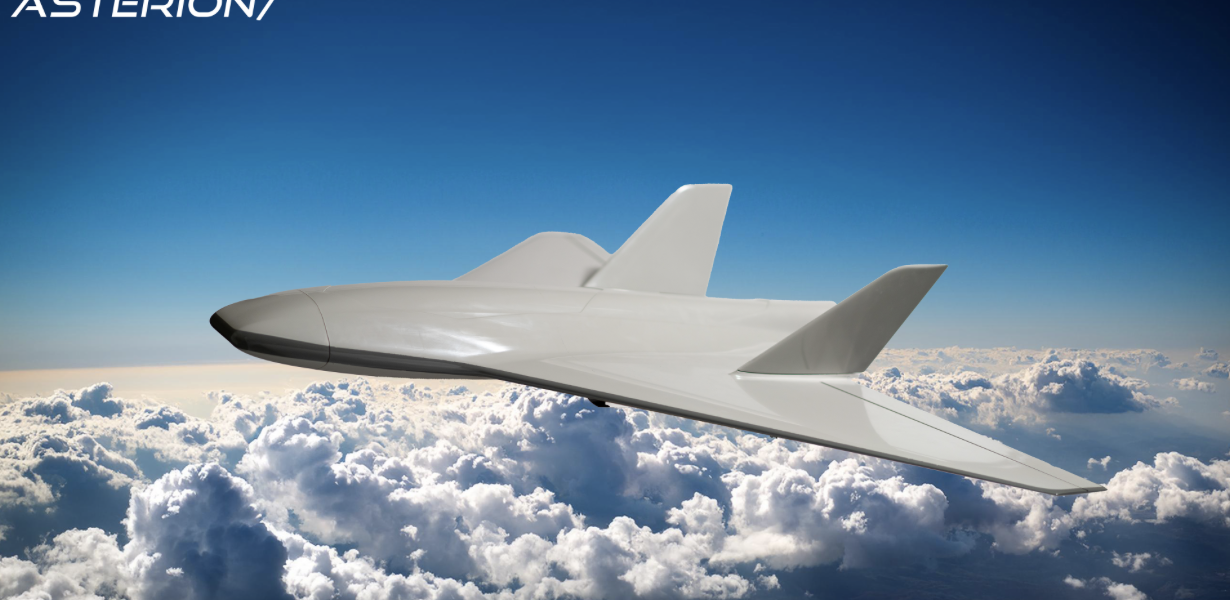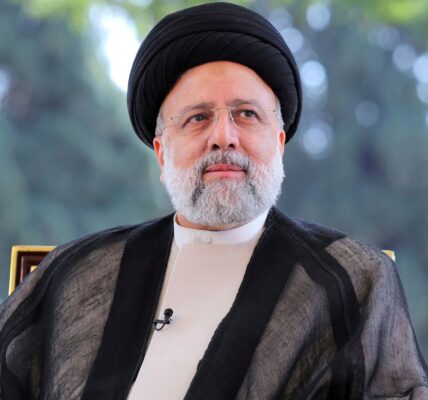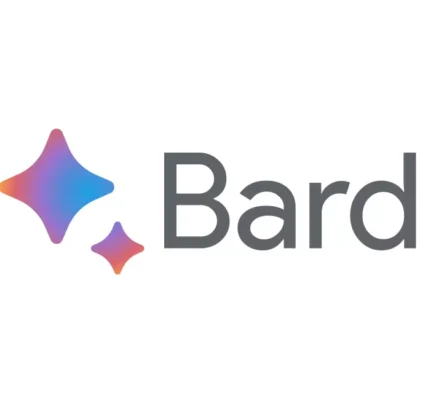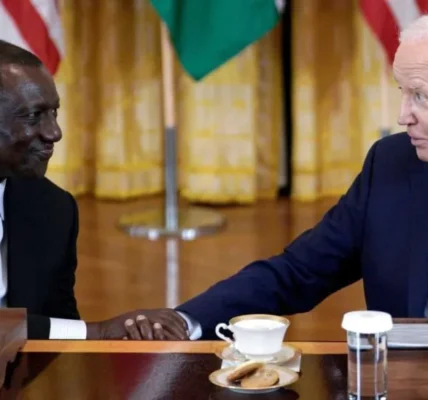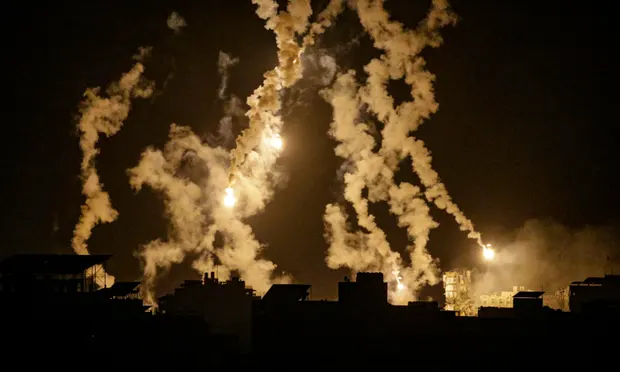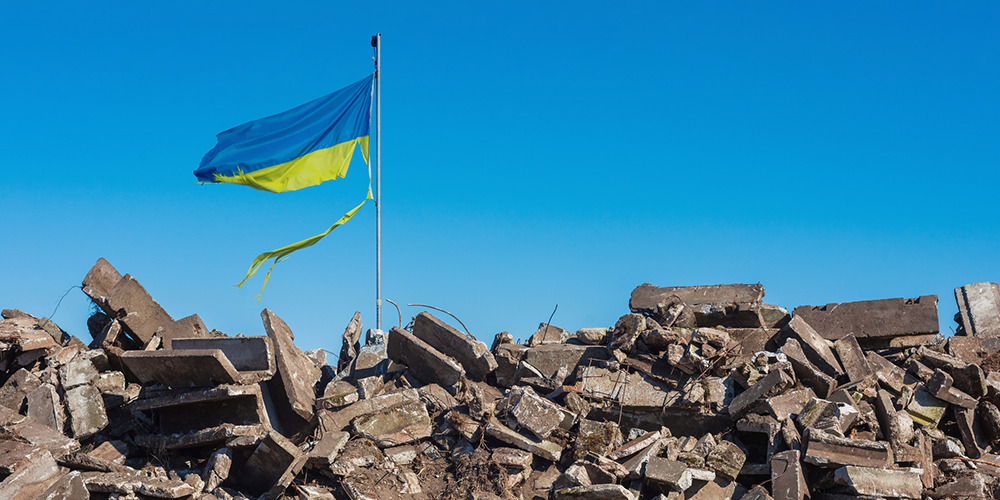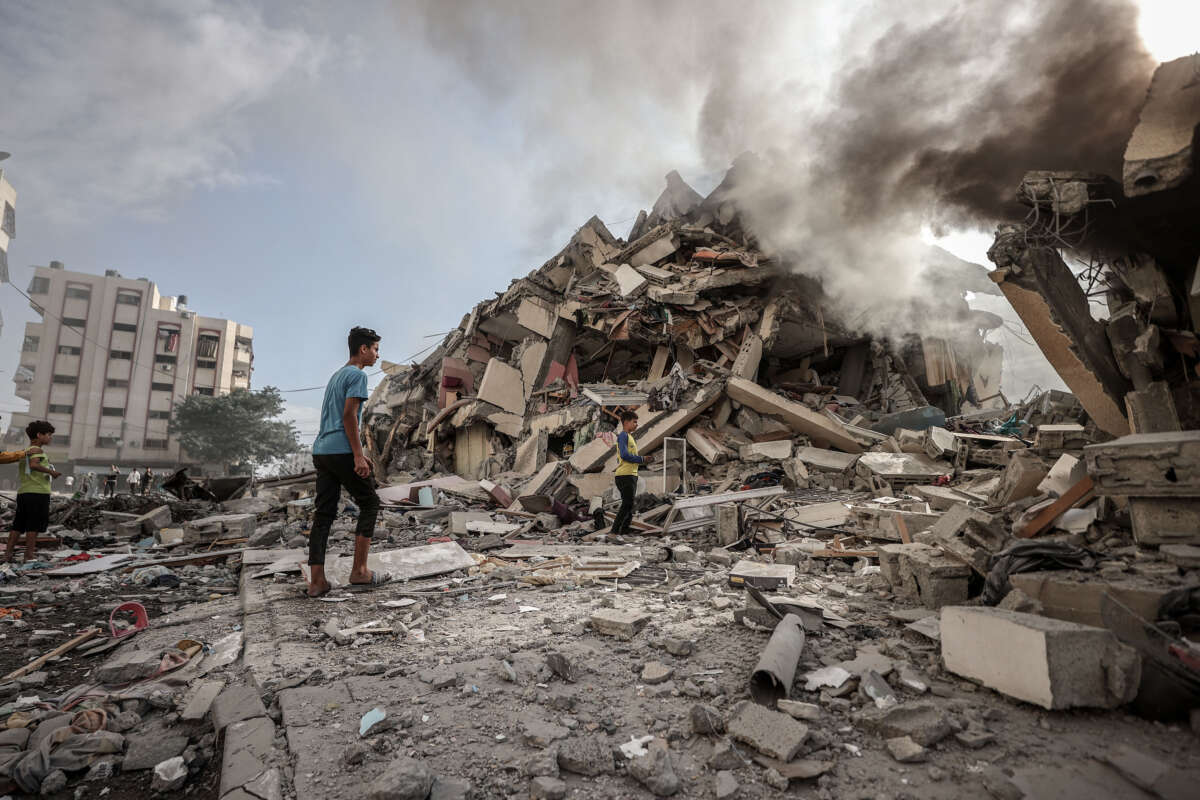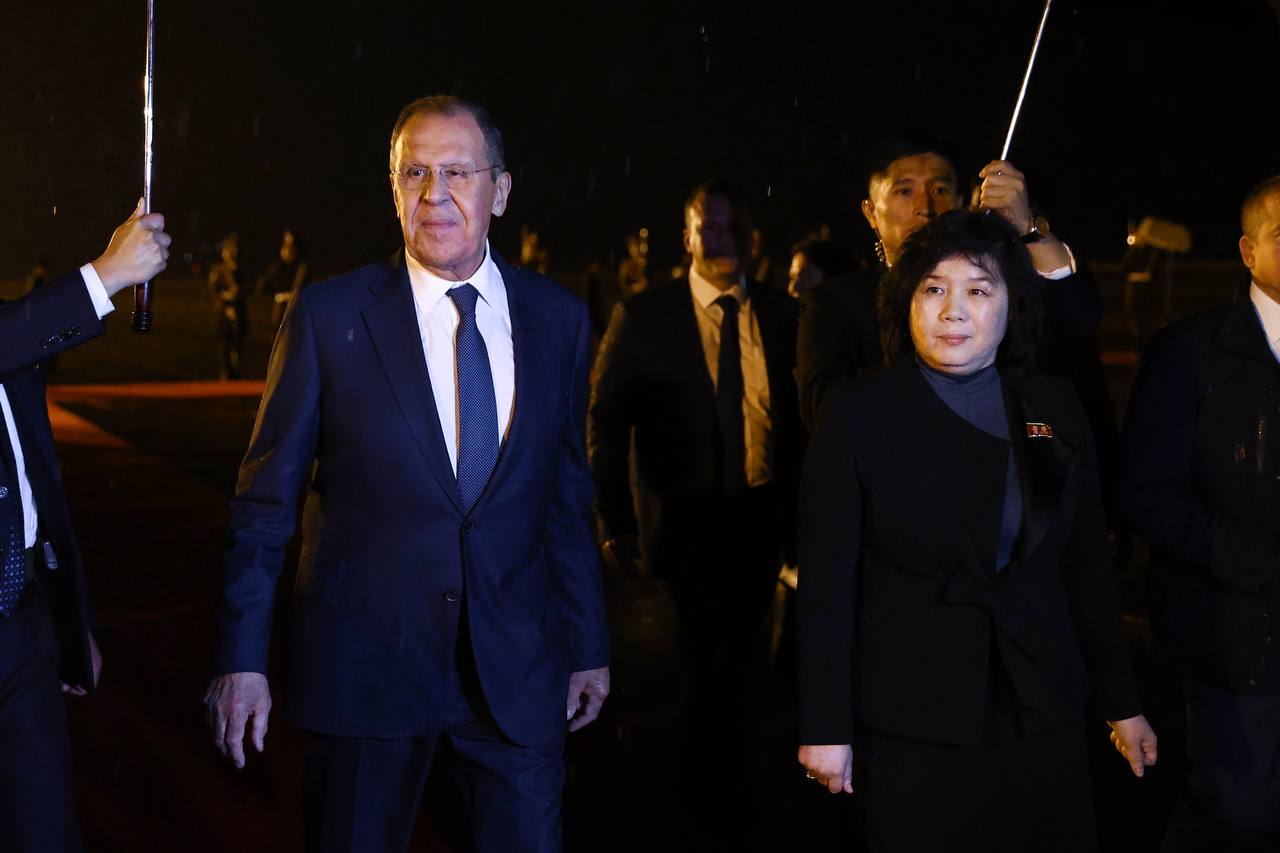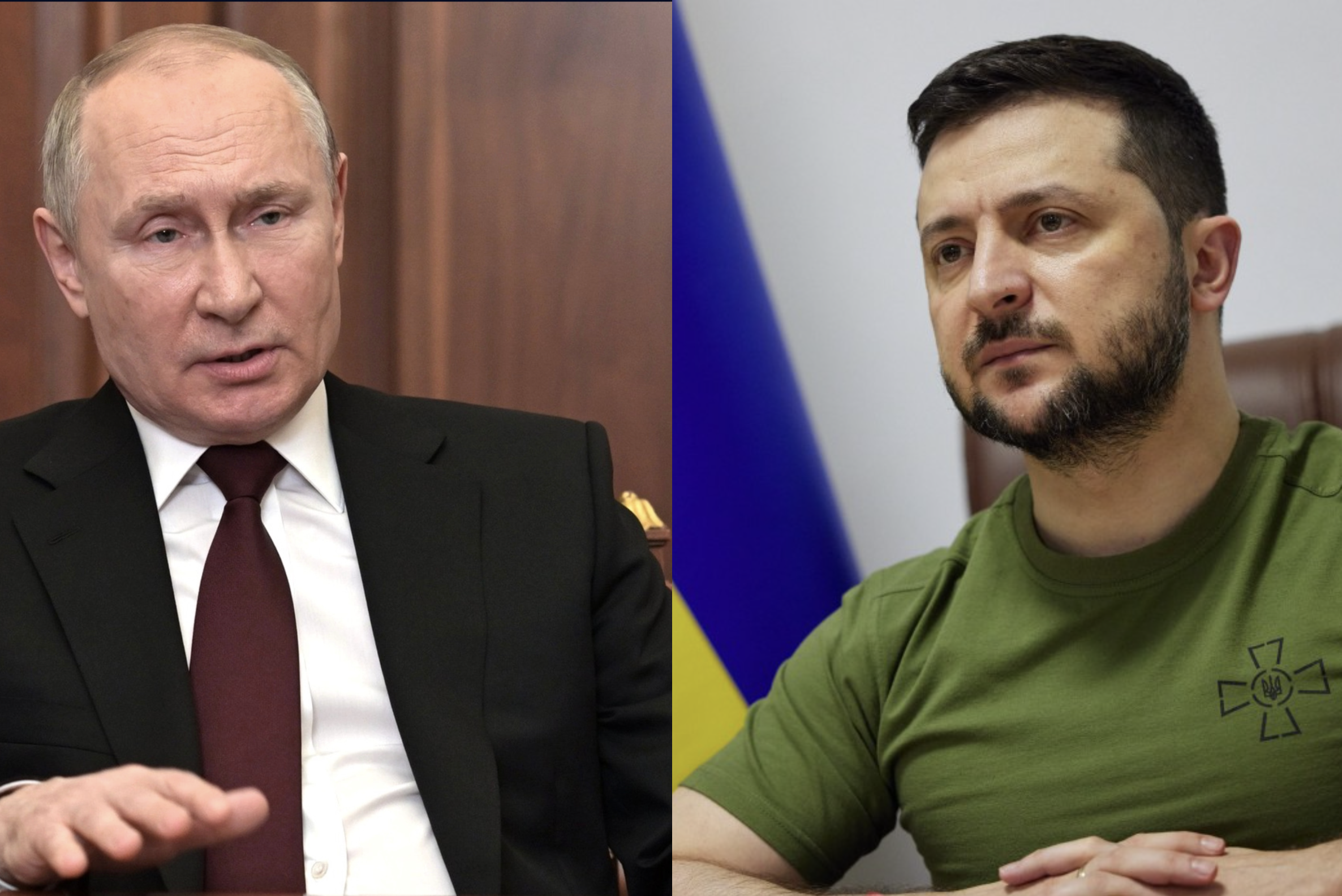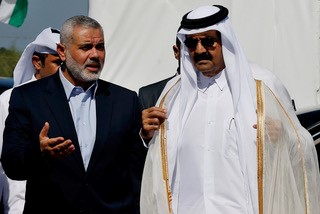
Two leading US tech companies have joined forces to create a revolutionary new counter drone system which has already been successfully tested on the front line in Ukraine.
IronNet, the AI-based collective defence cybersecurity company, and Asterion Systems, a leader in counter-Unmanned Air System (UAS) technology, have created a unique defensive system with the potential to protect entire countries.
The new collaboration could be a “game changer” in Ukraine, according to Admiral Mike Hewitt, a cybersecurity investor and a director of the US-based IronNet.
The defensive network is achieved by incorporating IronNet’s cybersecurity system, called Iron Dome, a real-time cyber threat detection tool that helps protect against a cyber attack—with Asterion’s Hitchhiker counter-drone technology.
Hitchhiker is a high-speed electric-powered interceptor drone capable of destroying an enemy drone, such as the Iranian Shahad, in a more affordable manner than an expensive Patriot missile.
Cyber attacks designed to disable defensive system can occur prior to massed drone attacks. But the IronNet-Asterion partnership means that defences can be protected by cyber defences prior to attack drones being launched. Asterion’s drones can then be used to track, target and destroy enemy drones.
Admiral Hewitt added that the unique capabilities of the two companies would transform the way countries are protected from a joint cyber and drone attack. He told National Security News: “Asterion is a counter-Unmanned Air System (UAS) company that can basically provide complete coverage of a country from threats by drones. It can see drones, classify them, track and then it can destroy them with their own drone that they launched from multiple locations.”
He explained that many countries are currently focussed on counter-drone systems after witnessing the impact they have made in the war in Ukraine.
Combining a cybersecurity company with an anti-drone organisation, he noted, is a unique collaboration. “So it’s really going to be twofold,” Hewitt said. “One, IronNet will provide a cyber, resilient cybersecurity collective defence system for the Asterion network, which is critically important because the way to disrupt the counter-UAS network is via a cyberattack of some kind. Additionally, what we are developing is the ability for IronNet to actually deliver cyber payloads against the adversary drones using this network.”
He elaborated further: “IronNet has their Iron Dome capability, which would then be applied to the Asterion counter-UAS ecosystem to give it cyber protection, which is critically important for them to be able to operate in what we would call a ‘denied environment’ because I can promise you that one of the attacks that would happen to disrupt the counter-UAS system would be a cyber attack in advance, perhaps, of the drone launch.
“So it is the Iron Dome and the collective defence capability of IronNet that will be applied to protecting the Asterion counter-UAS ecosystem.
“We have shared this capability of both IronNet and Asterion with different leaders in Ukraine that are on the front line. And I will tell you the feedback we got is how fast can you get this capability here? And that came from people that are actually executing in the front lines at a very high level.
“So we took that with a great deal of confidence that this would be a game changer in Ukraine. Our intention is to bring this collaborative partnership to Ukraine.”
Adm. Hewitt also praised Ukraine’s technical innovation, especially within the drone and cyber security industries.
He remarked: “What we’ve seen in this conflict is an amazing amount of innovation by both sides. If you look at Ukraine since the war began, they only had two or three drone companies. They now have over 200. They’ve built over 2 million drones in 2024.
“Many of these drones have gone from being just hardware to really being innovative, resilient, autonomous, and even AI-driven systems.
“So the pace of innovation is like nothing we’ve ever seen before. And the reason the Ukrainians have been so effective with this is because they already had an ecosystem of AI engineers.
“Most of these drone companies weren’t drone companies or companies doing anything for the military before the invasion of Russia. They literally turned their entire country’s engineering and innovative and IT prowess to military mission.
“And that’s how they’ve been so effective. The Russians are playing catch up in the unmanned side with Ukraine. So it’s important that we continue to advance these technologies. And I think an Asterion-IronNet partnership which we’ve already collaborated on, will be something that will be greatly received in Ukraine.”

